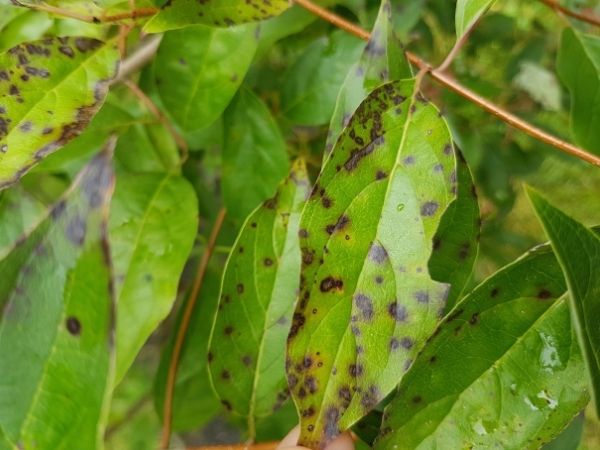Trees are not just a vital part of our natural environment; they also add beauty and value to our landscapes. However, like any living organism, trees can fall victim to various ailments that affect their health and longevity. In this blog, we’ll explore some of the most common tree ailments and discuss effective treatment methods to help your trees thrive.
**1. ** Fungal Infections:
Symptoms: Fungal infections in trees often manifest as discolored or wilting leaves, cankers on branches or trunk, and fungal growths such as mushrooms near the base of the tree.
Treatment: To combat fungal infections, it’s essential to prune infected branches, improve air circulation around the tree, and maintain proper watering and fertilization practices. Fungicides may be applied as a preventive measure or for severe infections, but consulting an arborist is advisable.
**2. ** Insect Infestations:
Symptoms: Trees can be attacked by various insects, which may result in holes in leaves, discolored foliage, and a weakened overall appearance.
Treatment: The treatment for insect infestations depends on the type of pest. In some cases, natural predators or parasites can help control the infestation. For severe infestations, insecticides may be necessary, but these should be used with caution to minimize harm to beneficial insects.
**3. ** Root Rot:
Symptoms: Root rot is often challenging to detect until it has significantly impacted a tree’s health. Symptoms may include stunted growth, leaf discoloration, and the gradual decline of the tree.
Treatment: Improving soil drainage is crucial for preventing root rot. Infected trees may benefit from root pruning, but advanced cases may necessitate the removal of the tree to prevent the spread of the disease to nearby trees.
**4. ** Drought Stress:
Symptoms: Prolonged periods of drought can cause trees to experience wilting, leaf scorch, and dieback. Trees under drought stress are also more susceptible to other ailments.
Treatment: Adequate watering is the primary treatment for drought stress. Deep watering is essential to reach the tree’s root system effectively. Applying mulch around the base of the tree can help retain moisture.
**5. ** Nutrient Deficiency:
Symptoms: Nutrient deficiencies often result in yellowing leaves, poor growth, and dieback of branches.
Treatment: Soil testing can identify nutrient deficiencies, allowing for targeted fertilization. Arborists can recommend the appropriate fertilizers and application methods to address specific nutrient deficiencies.

**6. ** Bacterial Infections:
Symptoms: Bacterial infections can cause cankers, oozing sap, and wilting foliage.
Treatment: Pruning affected branches and maintaining proper tree care practices are essential for preventing bacterial infections. In severe cases, antibiotics may be used under the guidance of a tree care professional.
**7. ** Girdling Roots:
Symptoms: Girdling roots occur when tree roots wrap around the trunk or other roots, restricting the flow of water and nutrients.
Treatment: Early detection is crucial to address girdling roots. Pruning or removing affected roots can relieve pressure on the tree and allow it to recover.
**8. ** Environmental Stress:
Symptoms: Environmental stressors, such as pollution or soil compaction, can lead to leaf discoloration, stunted growth, and overall tree decline.
Treatment: Proper care practices, such as mulching, aerating soil, and protecting the tree’s root zone, can help mitigate environmental stress.
**9. ** Viral Infections:
Symptoms: Viral infections can cause various symptoms, depending on the virus. These may include mottled or distorted leaves, dieback, and general tree decline.
Treatment: There are no direct treatments for viral infections in trees. Prevention involves maintaining overall tree health and addressing other stressors that may make trees more susceptible to viruses.

Maintaining the health of your trees is essential for their beauty, environmental benefits, and property value. Regular inspection, prompt treatment of common tree ailments, and preventive measures can help ensure that your trees remain vibrant and thrive for years to come. Consulting with a certified arborist like the team at KW Tree Expert Co. is often the best course of action to accurately diagnose tree ailments and develop an effective treatment plan.





